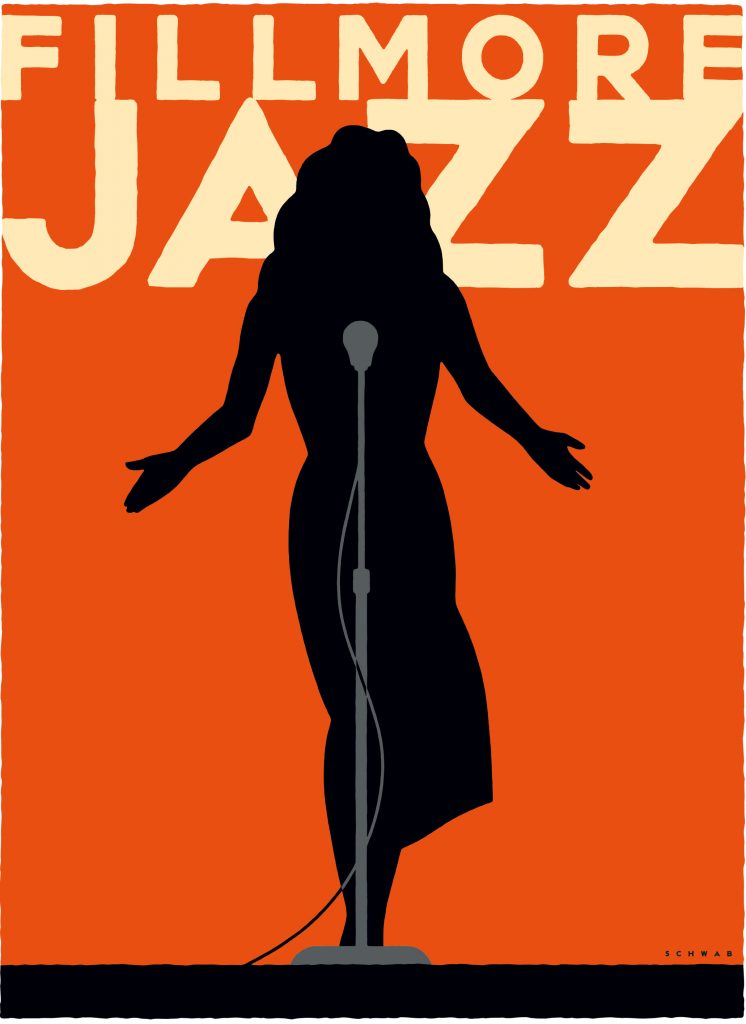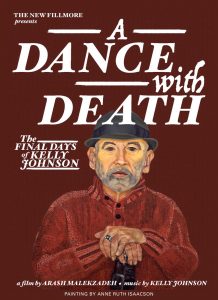
“Youth,” by Arthur Mathews, with Furniture Shop frame
ART | JEROME TARSHIS
From the 1890s to the early 1920s, the artists Arthur and Lucia Mathews were at the center of an artistic movement that sought to combine European tradition in art and design with the ideals of a new way of life that celebrated the natural splendors of Northern California.
After the earthquake and fire of 1906, the Mathewses made their artistic home on California Street.
Arthur’s studio at the Mark Hopkins Institute of Art on Nob Hill had gone up in smoke, along with his job as director of the school he had run since 1890. Art collector John Zeile Jr. came to the rescue. He had lost his family home at 1717 California Street, between Van Ness and Franklin, when it was dynamited as part of the firebreak. (The site is now a part of the Whole Foods complex.)
Zeile teamed up with Arthur and Lucia Mathews and in its place built a handsome building designed by Arthur in the Arts and Crafts style. It included a painting studio for Arthur and a showroom and workshop called simply the Furniture Shop. It also housed a magazine, Philopolis, devoted to Arthur’s high-minded plans for rebuilding San Francisco, together with Philopolis Press, which published limited edition books. Upstairs was a studio for William Keith, then widely considered California’s greatest artist.
At a time when the Mathewses needed a new livelihood, many wealthy San Franciscans suddenly found themselves in want of new or renovated homes. The Furniture Shop brought Arthur and Lucia into an artistic collaboration, aided by John Zeile’s capital and contacts, that supplied the community with unusually well-made furniture and decorative objects.
In 1916, the city having been substantially rebuilt, Philopolis ceased publication. Around 1920 — the records are vague — the Furniture Shop closed. Although the Mathewses continued to be active as artists and as designers for the home, the high point of their influence had passed. Newer decorative styles, informed by ever more modern movements and simplified form, superseded their gentler classical vision.

The center panel of Arthur Mathews’ “Health and the Arts” mural.
MATHEWS MURALS STILL HANG NEARBY
Well-to-do Pacific Heights must have given Arthur and Lucia Mathews more than a few commissions, but when houses were later renovated or torn down, many objects were lost or sold, and the full record is unknown.
Still in place in the neighborhood is Health and the Arts, a group of three murals executed in 1912 for the former Stanford medical library, now the Health Sciences Library of California Pacific Medical Center, at Sacramento and Webster.
The first shows what Europeans would consider primitive medicine: a Native American healer holds out his hand over a woman patient. The second mural refers to classical Greece, depicting the god Apollo together with the nine muses representing the arts, plus Hygeia, the goddess of health. Set in an imagined Italian Renaissance city, the third mural depicts a proto-modern healer defending a woman falsely accused of witchcraft. Stopping well short of the 20th century, it suggests the turning point when early scientific medicine rejected superstition.
The centerpiece of the Mathews exhibition now on view at the Oakland Museum also comes from the neighborhood. It is the very first mural Arthur Mathews painted, in 1896, for the library of the Horace Hill mansion, on Lafayette Park at the northwest corner of Sacramento and Laguna, where the 2200 Sacramento tower now stands. A frieze three feet high and 108 feet long, it is clearly indebted to the style of Puvis de Chavannes, whose work Mathews admired in Paris. Titled The Arts of Peace, the mural depicts an idealized classical landscape, with mostly female figures representing agriculture, commerce, music and dance, presumably endorsing the California dream of an Arcadia in which getting and spending coexisted naturally with a love of the arts.
Some other Mathews murals remain in their original locations. Among them are the mural in the entry to the Mechanics Institute on Post Street, a pair of murals flanking the stage of the Curran Theater and a series of 12 panels tracing the history of California in the rotunda of the State Capitol in Sacramento.
Filed under: Art & Design | Leave a Comment »
















